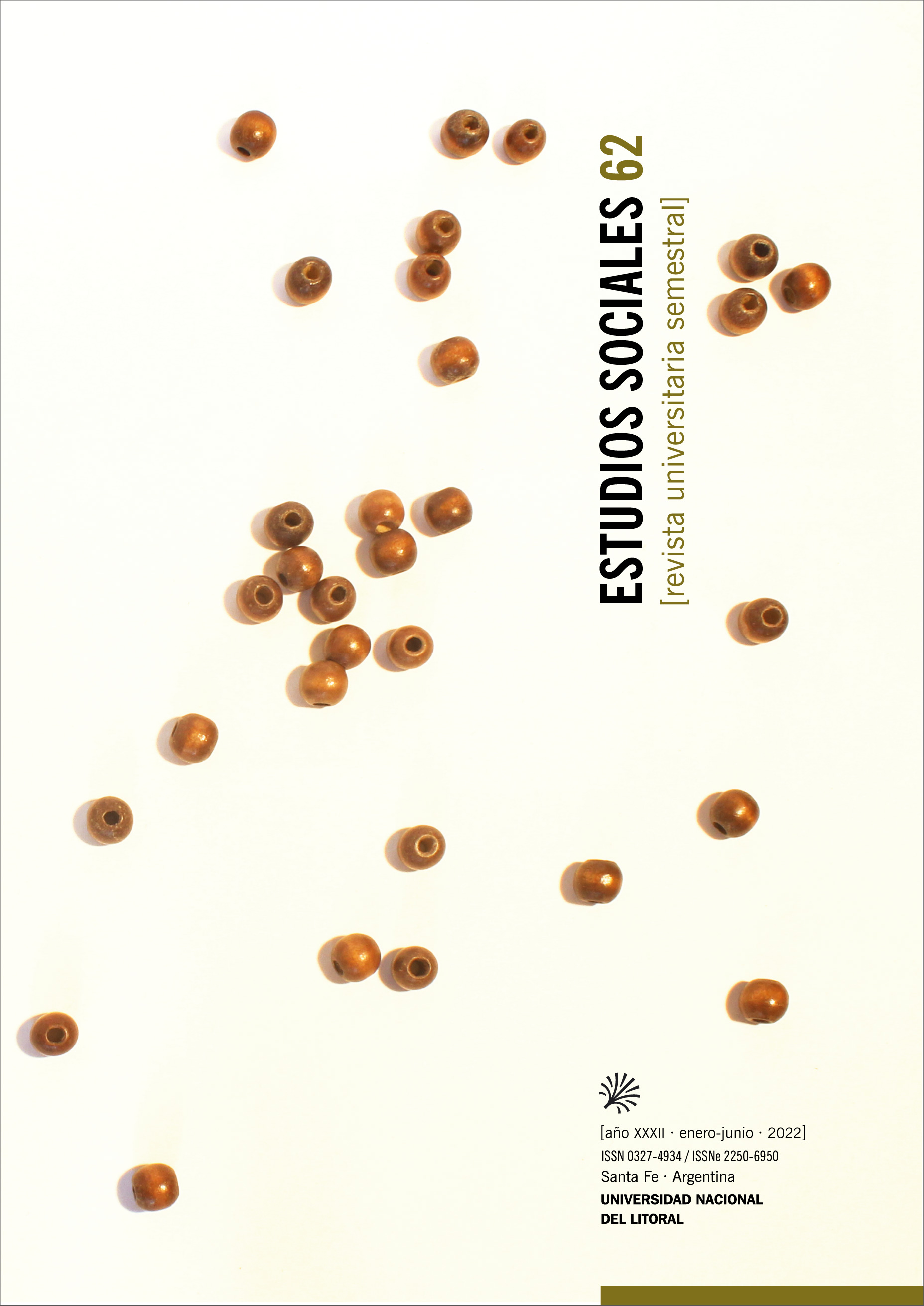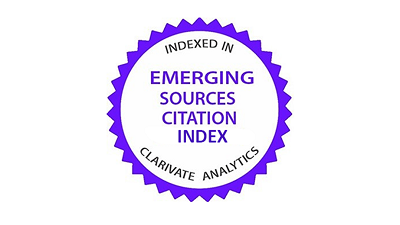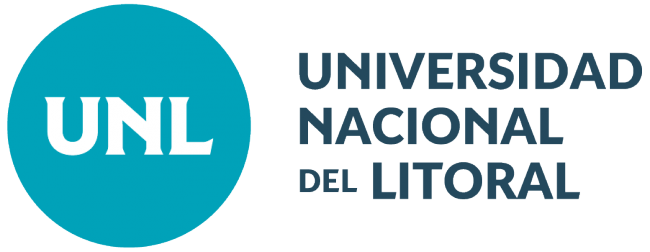The Central Única dos trabalhadores facing the labor reforms in Brazil: from Lula to Temer
DOI:
https://doi.org/10.14409/es.2022.1.e0016Keywords:
Labor unions, Parties, State, Work, ProtestAbstract
This paper aims to analyze the variations in the political importance of the Central Única de los Trabajadores (CUT) from 2003 -when the Partido de los Trabajadores took over the national government-, to 2018 -when Michel Temer’s government ended-. All this is approached from the perspective of collective action and from the analysis of significant political processes for the period: the «Foro nacional del trabajo» -National Labour Forum- (2004-2008), the «Jornadas de Junio» -June Journeys- (2013), the «Ley de terciarización laboral» –Law on tertiarization of labour- (2015) y the «Reforma Laboral» –Labour reform- (2017). The main hypothesis is that the change in the political importance of the CUT is explained by its relationship with the PT. Thus, two stages have been identified: the 2004-2011 period of strong gravity and the 2013-2018 period of weak political gravity. In both periods, the political strategy of the CUT did not change substantially, combining institutional involvement with social mobilization. However, what changed was the political performance of the party in power, which had its peak during lulismo and then decline and crisis during the terms of Dilma Rousseff.
Downloads
Published
How to Cite
Issue
Section
License
Los artículos publicados en Estudios Sociales. Revista Universitaria Semestral se encuentran disponibles gratuitamente en la Biblioteca Virtual de Publicaciones Periódicas de la Universidad Nacional del Litoral: http://bibliotecavirtual.unl.edu.ar/publicaciones.
El contenido está bajo Licencia Creative Commons Atribución-NoComercial-Compartir Igual 4.0 Internacional (BY-NC-SA): no se permite un uso comercial de la obra original ni de las posibles obras derivadas, la distribución de las cuales se debe hacer con una licencia igual a la que regula la obra original.
 Los artículos que sean aceptados, deberán ser acompañados del documento "Autorización para Publicar" que contiene la firma de los autores, en donde se acepta la originalidad del documento y autorizan a la Revista a la publicación del mismo. Las opiniones vertidas por los autores en sus artículos no reflejan necesariamente el parecer de Estudios Sociales. Revista Universitaria Semestral. El contenido de cada trabajo es responsabilidad exclusiva de su autor. En caso de que se utilicen trabajos, datos y/o palabras de otros autores, éstos tienen que ser debidamente citados. Cualquier contenido que sea detectado como fraudulento será elevado al Consejo Editorial de la revista para su revisión, quienes evaluarán el caso y determinarán los pasos a seguir.
Los artículos que sean aceptados, deberán ser acompañados del documento "Autorización para Publicar" que contiene la firma de los autores, en donde se acepta la originalidad del documento y autorizan a la Revista a la publicación del mismo. Las opiniones vertidas por los autores en sus artículos no reflejan necesariamente el parecer de Estudios Sociales. Revista Universitaria Semestral. El contenido de cada trabajo es responsabilidad exclusiva de su autor. En caso de que se utilicen trabajos, datos y/o palabras de otros autores, éstos tienen que ser debidamente citados. Cualquier contenido que sea detectado como fraudulento será elevado al Consejo Editorial de la revista para su revisión, quienes evaluarán el caso y determinarán los pasos a seguir.
Estudios Sociales. Revista Universitaria Semestral adhiere al Código de Conducta y Guía de Buenas Prácticas para editores científicos del Comité de Ética de Publicaciones (COPE):http://publicationethics.org/














